Increasing Focus on Road Safety
The Automotive Adaptive Fog Lights Market is significantly influenced by the increasing focus on road safety. Governments and regulatory bodies are implementing stringent safety standards for vehicles, which include the incorporation of advanced lighting systems. Adaptive fog lights enhance visibility in foggy or low-light conditions, thereby reducing the likelihood of accidents. As a result, manufacturers are compelled to integrate these systems into their vehicle designs to comply with safety regulations. The rising awareness of road safety among consumers further propels the demand for vehicles equipped with adaptive fog lights, indicating a robust growth trajectory for the Automotive Adaptive Fog Lights Market.
Consumer Awareness and Preferences
The Automotive Adaptive Fog Lights Market is influenced by changing consumer awareness and preferences regarding vehicle safety features. As consumers become more informed about the benefits of adaptive lighting systems, there is a growing demand for vehicles equipped with these technologies. This shift in consumer behavior is prompting manufacturers to prioritize the integration of adaptive fog lights into their offerings. Surveys indicate that a significant percentage of consumers consider advanced lighting systems a crucial factor when purchasing a vehicle. This trend suggests that the Automotive Adaptive Fog Lights Market will continue to grow as manufacturers respond to evolving consumer preferences.
Rising Demand for Premium Vehicles
The Automotive Adaptive Fog Lights Market is benefiting from the rising demand for premium vehicles, which often come equipped with advanced lighting technologies. Consumers are increasingly seeking vehicles that offer enhanced features, including adaptive fog lights that provide better visibility and safety. This trend is particularly pronounced in regions where adverse weather conditions are common, as consumers prioritize safety and performance. The premium vehicle segment is expected to witness substantial growth, with forecasts indicating that the market share of vehicles equipped with adaptive lighting systems could reach 30% by 2027. This shift underscores the potential for growth within the Automotive Adaptive Fog Lights Market.
Environmental Regulations and Sustainability
The Automotive Adaptive Fog Lights Market is also shaped by environmental regulations and the push for sustainability. As governments worldwide implement stricter emissions standards, automotive manufacturers are increasingly focusing on developing energy-efficient lighting solutions. Adaptive fog lights, particularly those utilizing LED technology, consume less power and have a longer lifespan compared to traditional lighting systems. This aligns with the automotive industry's broader commitment to sustainability and reducing carbon footprints. The market for adaptive fog lights is likely to expand as manufacturers seek to meet these regulatory requirements while appealing to environmentally conscious consumers, indicating a promising future for the Automotive Adaptive Fog Lights Market.
Technological Innovations in Lighting Systems
The Automotive Adaptive Fog Lights Market is experiencing a surge in technological innovations, particularly in lighting systems. Advanced LED and laser technologies are being integrated into fog lights, enhancing visibility and safety during adverse weather conditions. These innovations not only improve illumination but also reduce energy consumption, aligning with the growing demand for energy-efficient automotive solutions. The market for adaptive lighting systems is projected to grow significantly, with estimates suggesting a compound annual growth rate of over 10% in the coming years. This trend indicates a shift towards more sophisticated lighting solutions that adapt to driving conditions, thereby driving the Automotive Adaptive Fog Lights Market.


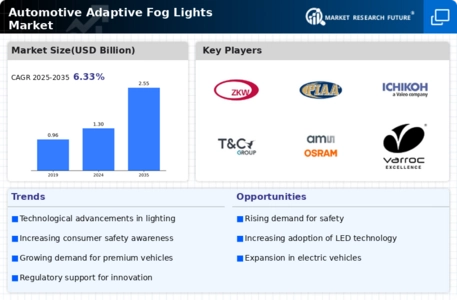
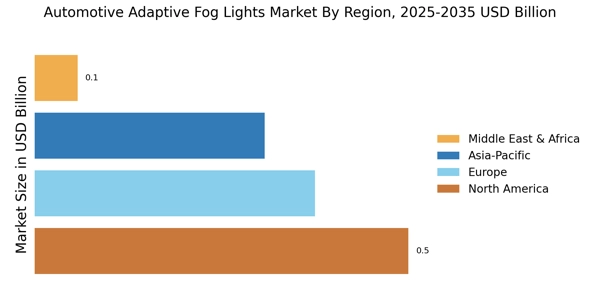

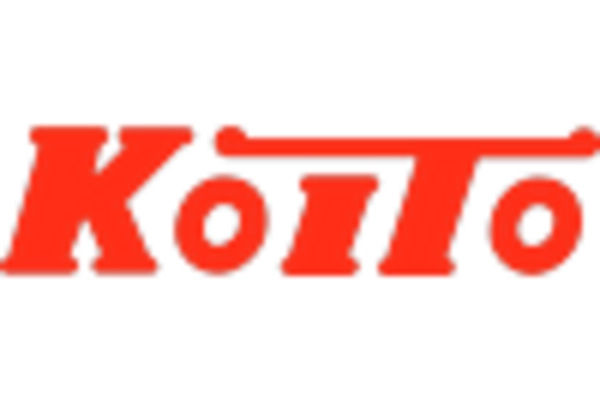
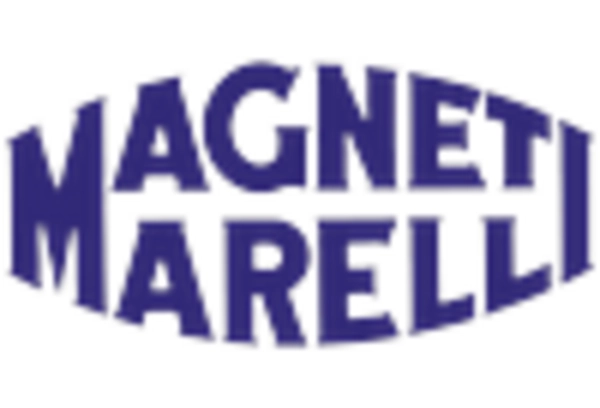

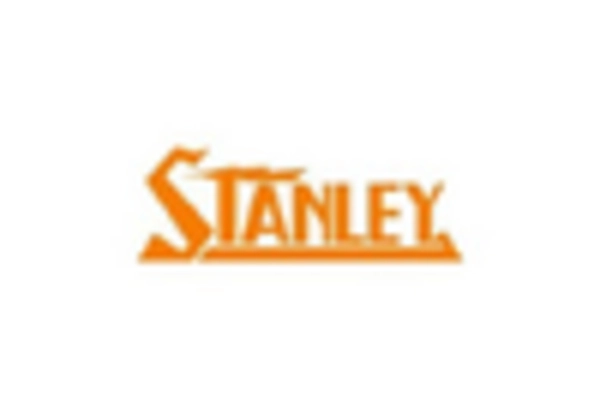









Leave a Comment